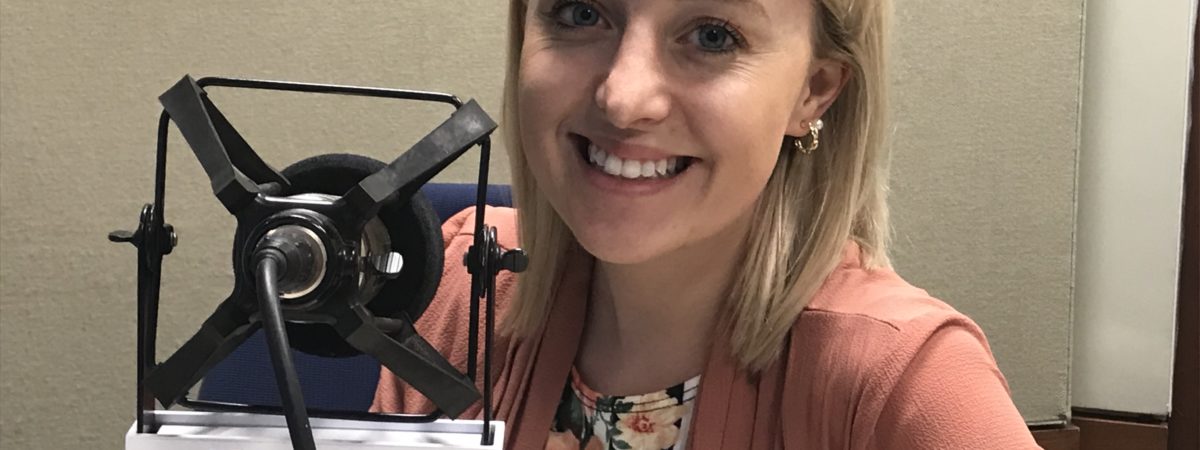Facebook made a much publicized change to its algorithm early in 2018 that had a dramatic impact on what content users saw on their feeds. The move was made ostensively to weed out bogus news sites and bots spreading deceptive information. Greater emphasis was given to acquaintances and pages with which users frequently interacted.
“I think what happened is Facebook realized that there are a lot of people that didn’t necessarily believe in Facebook anymore and they’re a business and there’s a lot of businesses who are on there and use their advertising,” said Jayna Wilcox, senior digital sales strategist for 2060 Digital, the marketing arm of Hubbard Radio.
Part of Wilcox’s job is to engage with Hubbard’s audience through social media, both in online posts and advertising. According to her, Facebook’s changes had a big impact on how advertisers and news outlets used the platform.
“We have definitely, from an advertiser perspective, seen many things happen such as some of the targeting tools taken away,” she said. “There’s a lot more where you have to be authorized in many cases, depending on your industry or what type of ads you’re doing, especially political. So it’s really just cracked down on it and in an attempt to gain back the trust of a lot of its advertisers and the audiences.”
Despite the hurdles Facebook has thrown in front of media outlets, newsrooms and their marketing departments can still follow a few best practices to help improve performance.
“Number one, looking at it from an organic standpoint, make sure your page is optimized,” Wilcox said. “It’s as simple as updating information in your about section, which links right up to SEO [search engine optimization]. It’s as simple as making sure you are verified. Head into your settings and get that page verified so that you are keeping a consistent brand, whether that be throughout your website, your Facebook presence, your Instagram presence. So little things like that right off the bat are very important.”
Another not so obvious fix is varying the type of posts you add to your Facebook feed — and stop using stock photos, for chrissakes.
“Think about the type of content from a creative standpoint,” Wilcox said. “If you’re using a bunch of stock photos after stock photos, at some point the audience is gonna realize that that doesn’t feel organic and they want to feel like there’s a real person behind the message. So even something as simple to us going live on Facebook, seeing a face, a real person, you know, having that combination and variety of content will also help in that. Just from an organic standpoint.”
On this week’s It’s All Journalism podcast, producer Michael O’Connell talks to Jayna Wilcox, senior digital sales strategist for 2060 Digital, about how newsrooms and their marketing departments can improve their audience engagement on Facebook, Instagram and Twitter.

